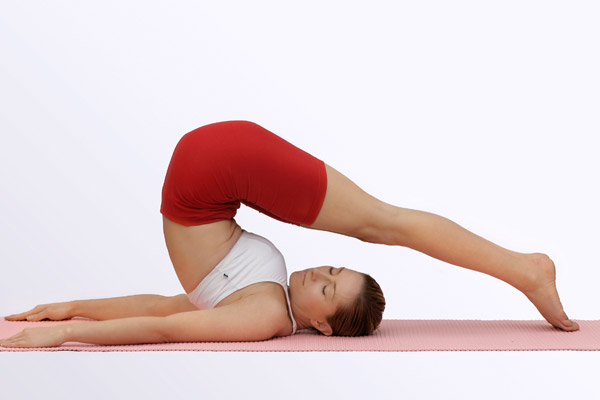
Called Yoga for PH, the 40-minute program includes three yoga exercise levels and a nutrition and lifestyle discussion. It is available for free download on iTunes and Googleplay.
The program was developed by Henry Ford pulmonologist Rana Awdish, M.D. , a 20-year yoga practitioner.
“These yoga exercises are modified specifically for the needs of pulmonary hypertension patients and can be done safely regardless of the patient’s level of physical fitness,” Dr. Awdish says. “We all recognize the importance of exercise. But for these patients, routine activities like walking up stairs can be challenging, so convincing them they can have success exercising can be challenging.
“What we’ve created are a series of gentle, low-impact exercises that can be in the comfort of their own home, sitting in a chair or standing. These are designed to improve balance, strength, reduce stress and calm the nervous system. Even patients who require oxygen can perform these exercises.”
Henry Ford Hospital is among the largest referral centers for pulmonary hypertension in the United States, and is one of only two hospitals in Michigan that offer pulmonary and critical care medicine fellowship programs. The hospital has an intensive care unit dedicated to the care of pulmonary hypertension patients, with specially-trained nurses who are experts in managing the complex needs of these patients.
Dr. Awdish says the idea for a yoga exercise program was borne from requests from patients. It was funded by a grant from the Pulmonary Hypertension Association.
“The interest was all organic,” she says, “and the patients wanted to know how to do yoga safely, despite their condition.”
Pulmonary hypertension, or PH, is high blood pressure in the lungs. The blood vessels in the lungs become narrowed and the heart has to work harder to pump blood through them. It typically develops between the ages of 20 and 60, and is two or three times more common in women than men.
Common symptoms are shortness of breath, fatigue, chest pain and a racing heartbeat. As PH worsens, symptoms may limit physical activity.
While PH has no cure, the earlier the disease is treated, the better the outcomes are for patients. Treatment options to relieve symptoms and slow the progression of the disease include medication, surgical procedures and lifestyle changes. “With proper medication,” Dr. Awdish says, “patients can live a long and healthy life.”
“Any amount of exercise is beneficial is patients,” she says. “We know that when patients are engaged in their treatment and their healing, they have better outcomes. These yoga exercises will help aid their healing process.”